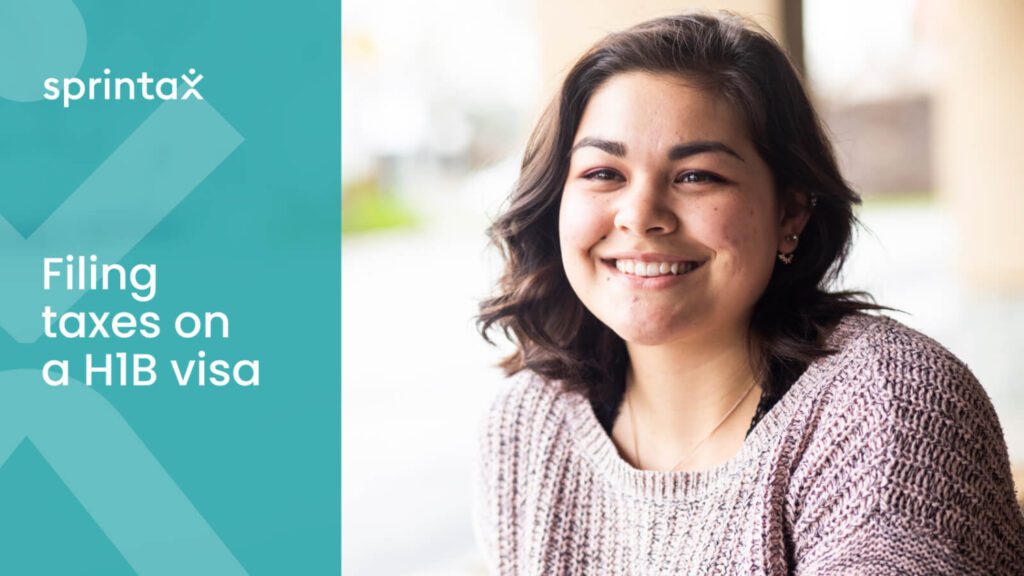The Ultimate Guide to U.S. Student Visas for International Students provides comprehensive information on the different types of student visas available for those wishing to study in the United States. The most common type is the F-1 visa, which allows students to study full-time and work after completing their studies. The J-1 visa is for exchange visitors participating in approved programs, while the M-1 visa is for vocational and non-academic programs. The guide also covers the application process, including choosing the right school, paying fees, completing forms, and attending the visa interview. It emphasizes the importance of being prepared and seeking support from the institution’s international student office.
The Ultimate Guide to U.S. Student Visas for International Students
Introduction
For international students dreaming of pursuing higher education in the United States, obtaining a student visa is often the first major step towards turning their aspirations into reality. Navigating through the visa application process can seem overwhelming, but with the right information and guidance, it can be a smooth and rewarding journey. This comprehensive guide aims to provide international students with all the essential information they need to know about U.S. student visas, ensuring a hassle-free experience from start to finish.
Types of U.S. Student Visas
1. F-1 Visa: The Most Common Type
– This visa is designed for students attending an academic program at an accredited U.S. university or college.
– It allows international students to study full-time in the United States and remain in the country for the duration of their studies.
– F-1 visa holders are also eligible for Optional Practical Training (OPT) after completing their studies, allowing them to gain work experience in the U.S.
2. J-1 Visa: Exchange Visitors Program
– This visa is specifically for exchange visitors participating in approved programs, such as research scholars, professors, and students.
– J-1 visa holders must demonstrate that their participation in the exchange program is primarily educational and cultural rather than employment-based.
– This visa requires applicants to return to their home country for at least two years upon completing their program before being eligible for certain visa categories, such as H or L visas.
3. M-1 Visa: Vocational Studies and Non-Academic Programs
– The M-1 visa is designed for students pursuing vocational or non-academic programs, such as technical or vocational schools.
– It allows international students to participate in full-time study in the U.S. for up to one year.
Application Process
1. Choosing the Right School
– Research and shortlist accredited U.S. institutions that offer programs aligning with your educational goals and interests.
– Ensure that the schools you choose are certified by the Student and Exchange Visitor Program (SEVP).
2. Applying to SEVP-Certified Schools
– Follow the admission requirements and procedures outlined by each institution of interest.
– Provide all necessary documentation, including academic transcripts, standardized test scores, letters of recommendation, and English proficiency exam results.
3. Paying SEVIS Fee
– After receiving acceptance from a SEVP-certified school, pay the SEVIS I-901 fee online.
– Save the payment confirmation for the visa interview and entry to the United States.
4. Completing Form DS-160
– Fill out the Nonimmigrant Visa Electronic Application (Form DS-160) online.
– Upload a recent photograph that meets the U.S. visa requirements.
5. Scheduling and Attending Visa Interview
– Schedule an appointment with the nearest U.S. embassy or consulate for the visa interview.
– Prepare and bring all required documents, including the DS-160 confirmation page, valid passport, SEVIS fee payment confirmation, and financial documents indicating your ability to cover educational expenses.
6. Preparing for the Interview
– Familiarize yourself with potential interview questions and practice appropriate responses.
– Dress professionally and arrive early at the embassy or consulate.
7. Attending the Interview
– Answer all questions truthfully and confidently.
– Present your documents when requested and provide additional clarification if necessary.
8. Visa Approval and Entry to the United States
– If approved, pay the visa issuance fee (if applicable) and wait for the visa delivery.
– Make necessary travel arrangements and prepare for your journey to the United States.
Conclusion
Securing a U.S. student visa is a crucial step towards pursuing your educational goals in the United States. By understanding the different visa categories available, completing the necessary application procedures, and being prepared for the visa interview, international students can embark on their academic journey with confidence and excitement. Remember to stay organized, follow the official guidelines, and seek advice from your institution’s designated international student office for additional support throughout the process. Good luck and enjoy your educational adventure in the United States!
